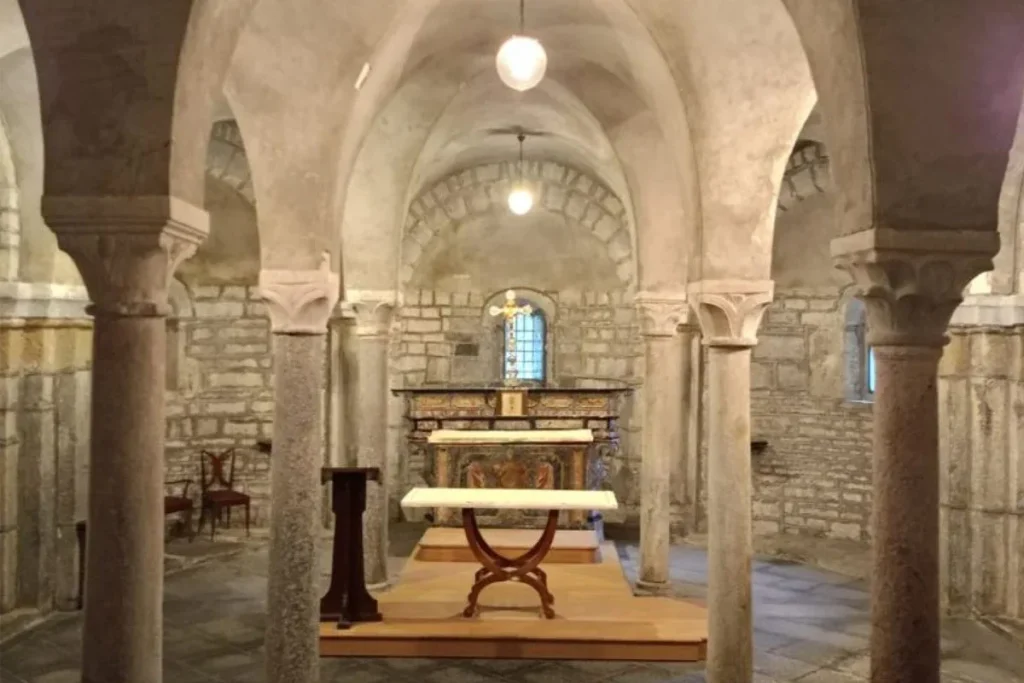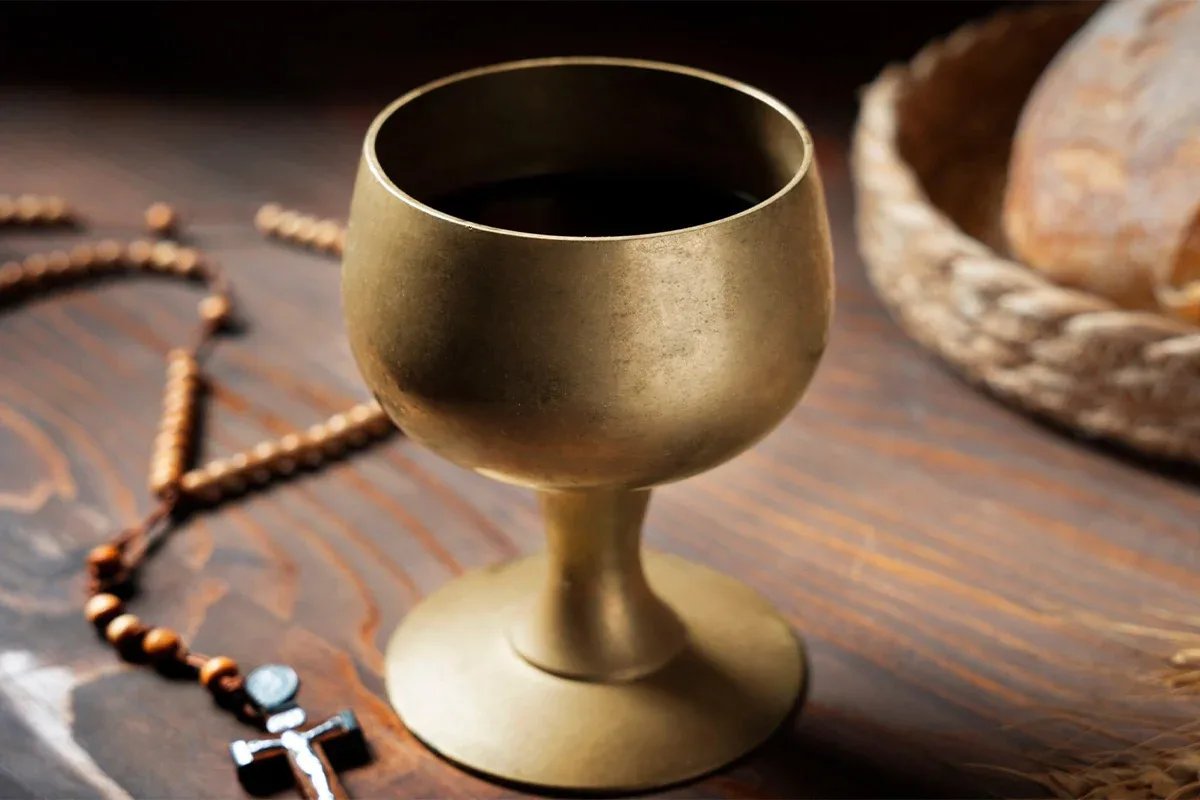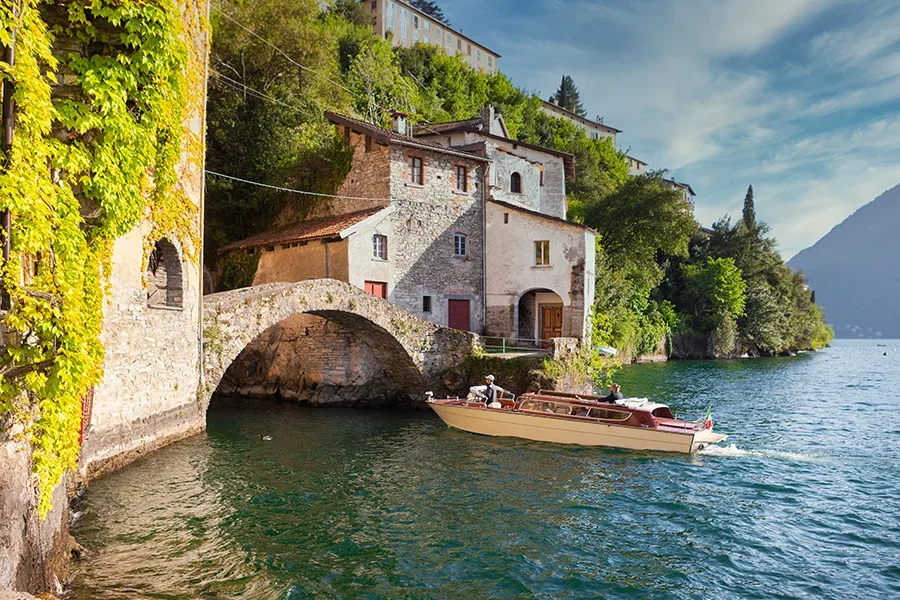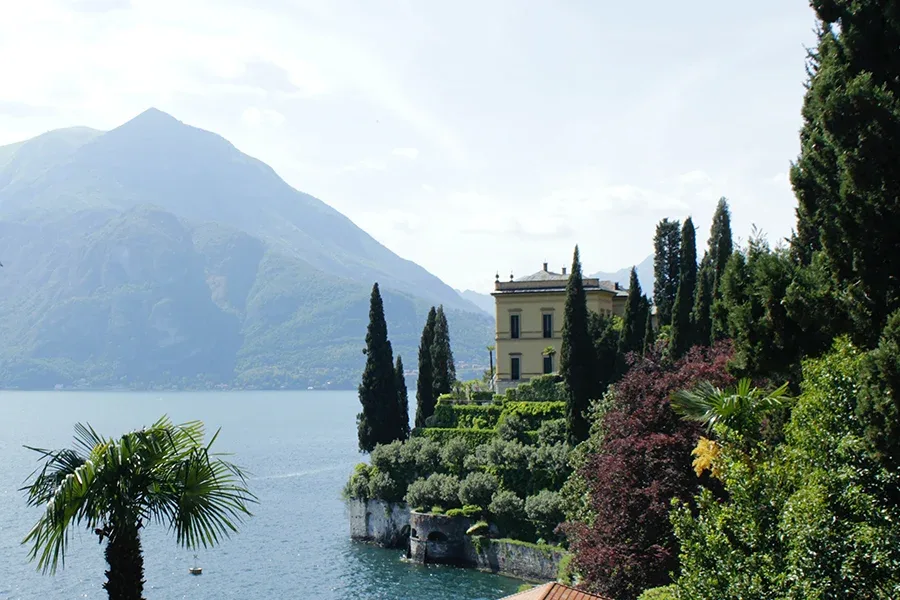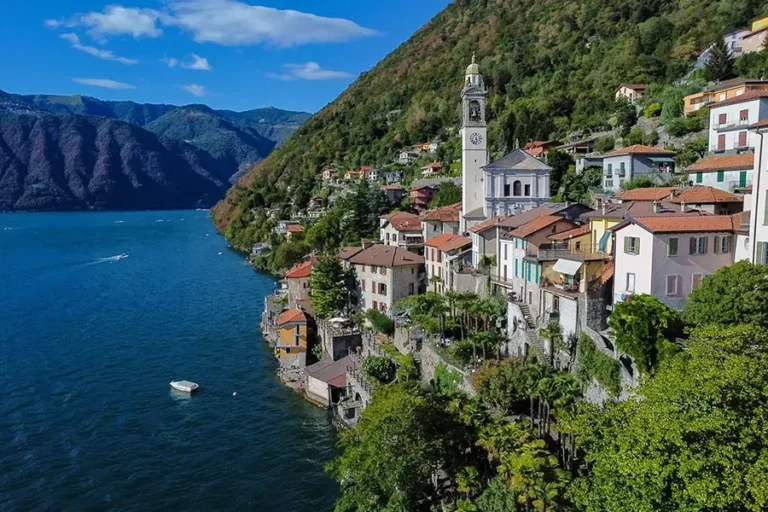You know Castel Baradello for its stunning panoramic views over Como and the lake, right? It’s an iconic medieval tower, a historical sentinel. But what if I told you that this ancient fortress holds a much darker, more chilling secret within its very stones?
This isn’t just about admiring old architecture; it’s about delving into a past steeped in suffering, a past so potent that some believe its echoes, and perhaps even its tormented souls, still linger. Castel Baradello isn’t just a ruin; it’s a place where history has left an indelible mark, leading to whispers of a famous ghost and a notorious crypt.
The stones that whisper: Baradello’s infamous Crypt
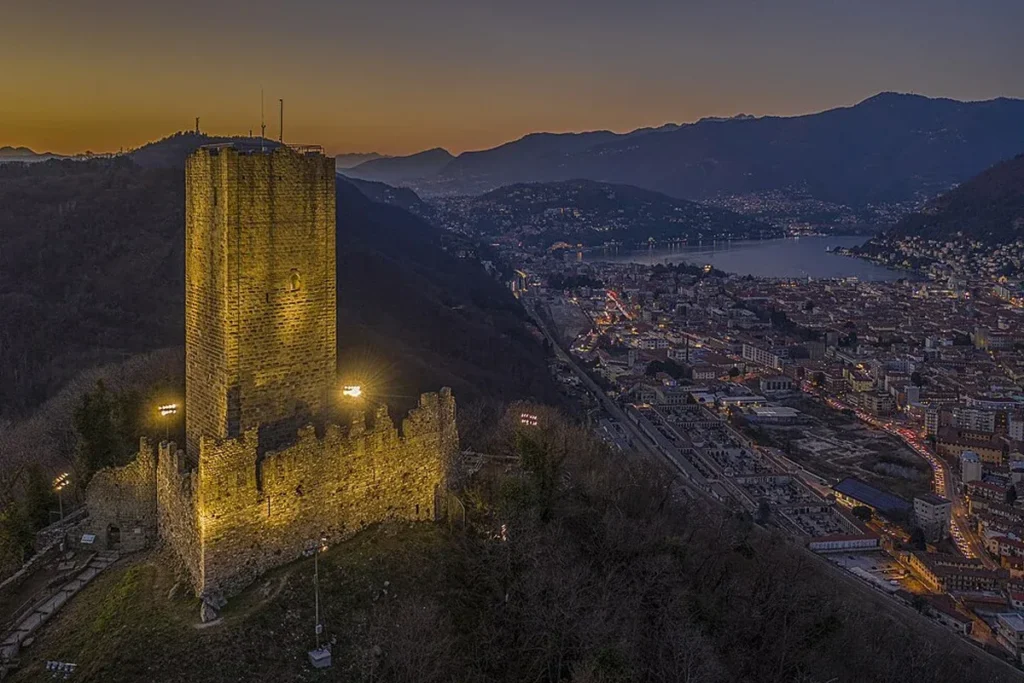
Beyond the grand tower, Castel Baradello held secrets that would send a shiver down your spine. For centuries, this formidable stronghold wasn’t just a defensive outpost; it also contained a particularly grim chamber within its structure: the crypt. And, as unsettling as it sounds, this part of the castle was reputedly used as a torture chamber.
Think about that for a moment. This wasn’t some minor interrogation room; it was a place where suffering was deliberately inflicted, especially, so the stories go, on those accused of witchcraft. The very air within those thick stone walls seems to hold the weight of despair and anguish from its darkest days, a stark contrast to the beautiful landscape outside.
The illustrious prisoner: Napoleone Torriani’s agonizing fate
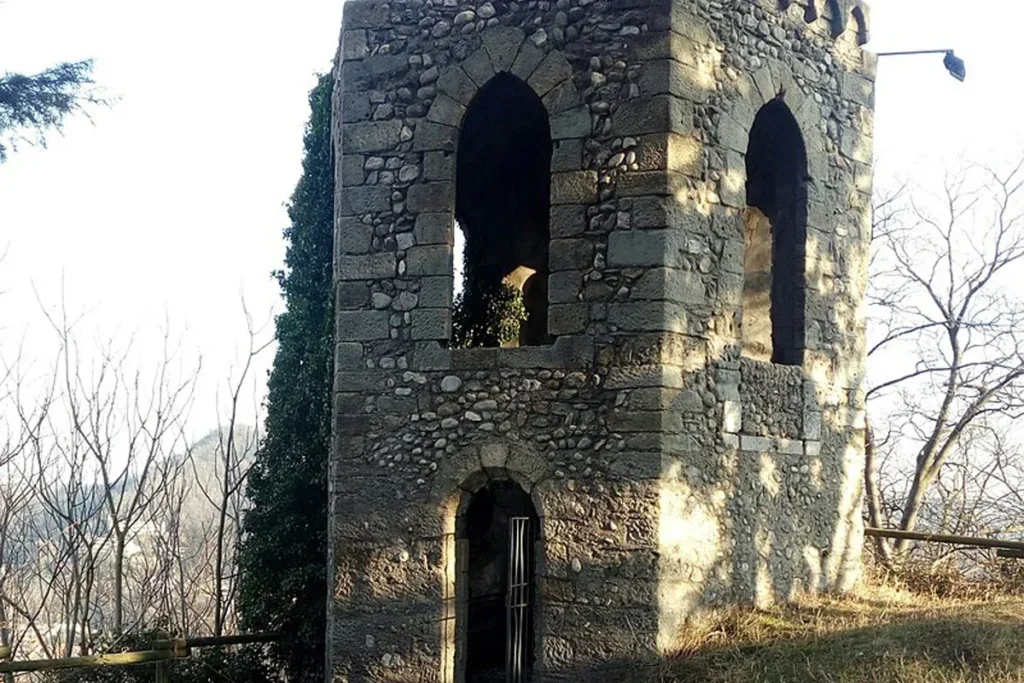
Among the many souls who endured torment within Baradello’s walls, one figure stands out, his story intimately tied to the castle’s most famous ghost: Napoleone Torriani, also known as Napoleone della Torre. This powerful Guelph nobleman met a truly agonizing end here. In 1277, during the fierce Battle of Desio, the Torriani forces faced a crushing defeat by their rivals, the Visconti. Their commander, Napo Torriani, was captured and brought to Castel Baradello.
His cruel fate? He was imprisoned and hung in a cage, left exposed to all the elements, a truly horrific spectacle. After a brutal eighteen months of this slow torment, Napoleone della Torre finally succumbed to his ordeal, dying of hardship on August 16, 1278. Though some historians suggest he might have taken his own life by smashing his head against the cage bars, either way, his end was utterly tragic.
The restless spirit: Napoleone’s enduring presence
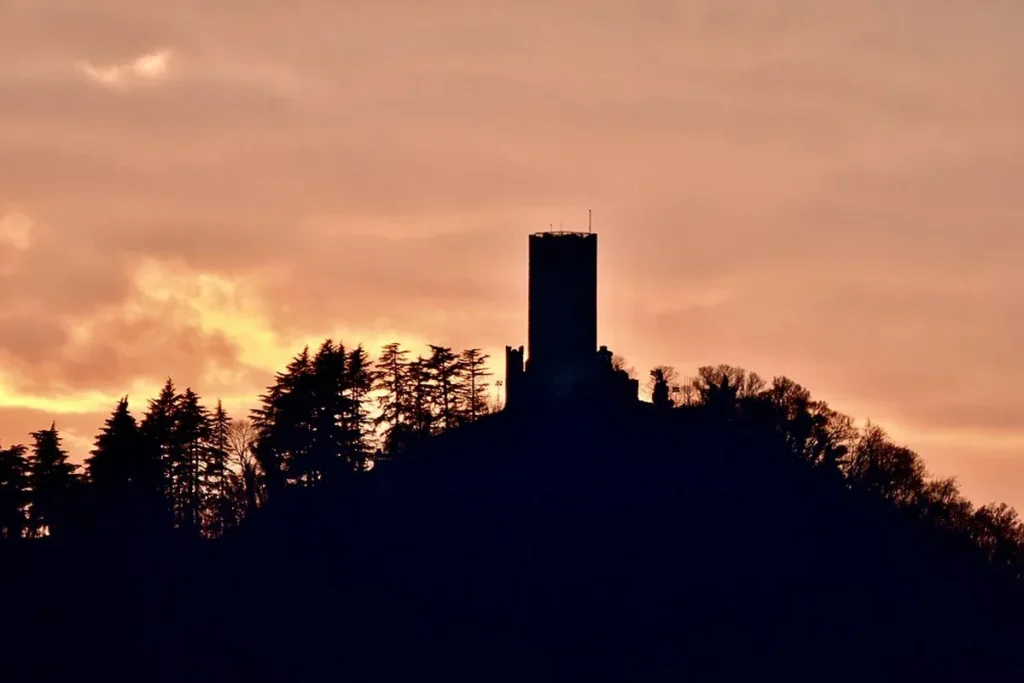
And this is where the story of Napoleone della Torre transitions from tragic history to chilling legend. The enduring belief is that his tortured spirit never truly left Castel Baradello. The legend dictates that his ghost still wanders, agonized, among the walls of the tower, a spectral echo of his brutal imprisonment. You can almost feel the chill in the air, imagining his tormented presence, forever bound to the place of his demise.
It’s said that even his mortal remains found their way back to the castle’s sanctity, supposedly buried in the Chapel of San Nicolò within Castel Baradello itself. Whether you believe in ghosts or not, the tale of Napoleone’s restless spirit adds an undeniable layer of profound, haunting mystique to every stone of the tower, transforming a simple visit into an encounter with a centuries-old tragedy.











